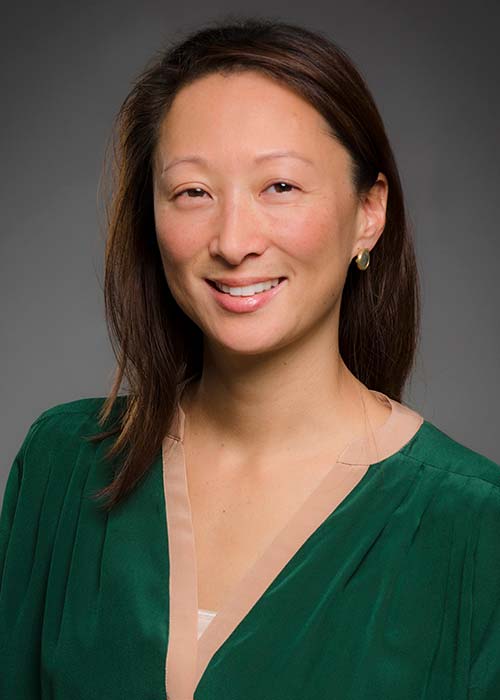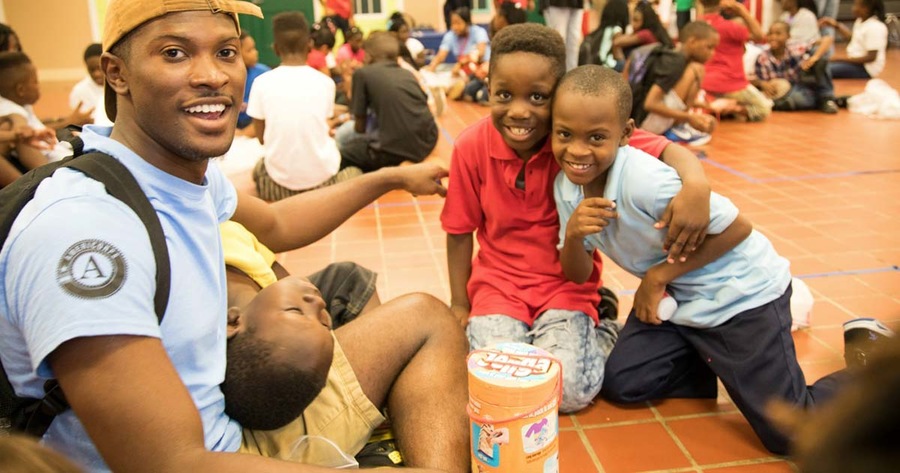I shadowed our part-time staff (college students) who mentor students and spent personal time with groups of kids for hours each day. I sat with the kids during snack, through homework center and as a nest during our community time. The students wanted to braid my hair, know if I was married and if I had any children. Then I'd turn the spotlight back on them, asking about their lives, to share their favorite movies, what they're afraid of and if they'd ever been to the beach.
We connected.
My story of connectedness is not unique. I know all afterschool professionals could share countless stories of building relationships with students—because that's part of the magic we make. We have the incredible opportunity and freedom to see, hear and understand kids on their level. And because of this, we need to be the ones who set the agenda of what matters for kids.
Yes, we operate "after" school, "out" of school, provide "extended" and "expanded" learning, which gives the impression that we are secondary to the primary: school. But we are not.
For decades, afterschool programs have been rooted in supervision, oversight and safety between the hours of 3 and 6 p.m. Today, we continue to do this—and so much more. We seek measurable outcomes. We link research to practice. We grow the whole child, mentor kids to become 21st century leaders, and support both youth development and workforce development.
We cannot limit ourselves or our impact solely to the afterschool hours. In fact, we need to take the lead and encourage other educators to learn from us.
Not being a part of the rigid, stifling school day is to our advantage. We've had the space to try and test high-quality programming, while those in-school are still finding the right pathway. The schools that have succeeded are doing so because they incorporate the practices and principals of quality youth development. Whether it's project-based learning, personalized learning or blended learning—afterschool programs embraced these teaching methods before they had names. Our work has a foundation of support and engagement layered with academics.
Why follow others? Let's set the course for youth development and define what kids need to grow. We're not "AFTER" anything, "EXPANDED" anything or "EXTENDED" anything.
We're educators in youth development—say it loud and proud.
 Written by Julia Rugg, Chief Strategy Officer, WINGS for Kids. Since July 2011, Julia has launched WINGS' expansion efforts across the southeast with the CEO and worked alongside the senior team to ensure the WINGS model has been replicated with fidelity and quality. She evaluates current and future growth opportunities for WINGS, develops partner relationships, and builds the necessary internal infrastructure and resources necessary to support growth. Julia's experiences range from the nonprofit to small business industries and includes work as a federal government attorney. She has an undergraduate degree from the University of Maryland Baltimore County and a J.D. from the University of Maryland School of Law.
Written by Julia Rugg, Chief Strategy Officer, WINGS for Kids. Since July 2011, Julia has launched WINGS' expansion efforts across the southeast with the CEO and worked alongside the senior team to ensure the WINGS model has been replicated with fidelity and quality. She evaluates current and future growth opportunities for WINGS, develops partner relationships, and builds the necessary internal infrastructure and resources necessary to support growth. Julia's experiences range from the nonprofit to small business industries and includes work as a federal government attorney. She has an undergraduate degree from the University of Maryland Baltimore County and a J.D. from the University of Maryland School of Law.

